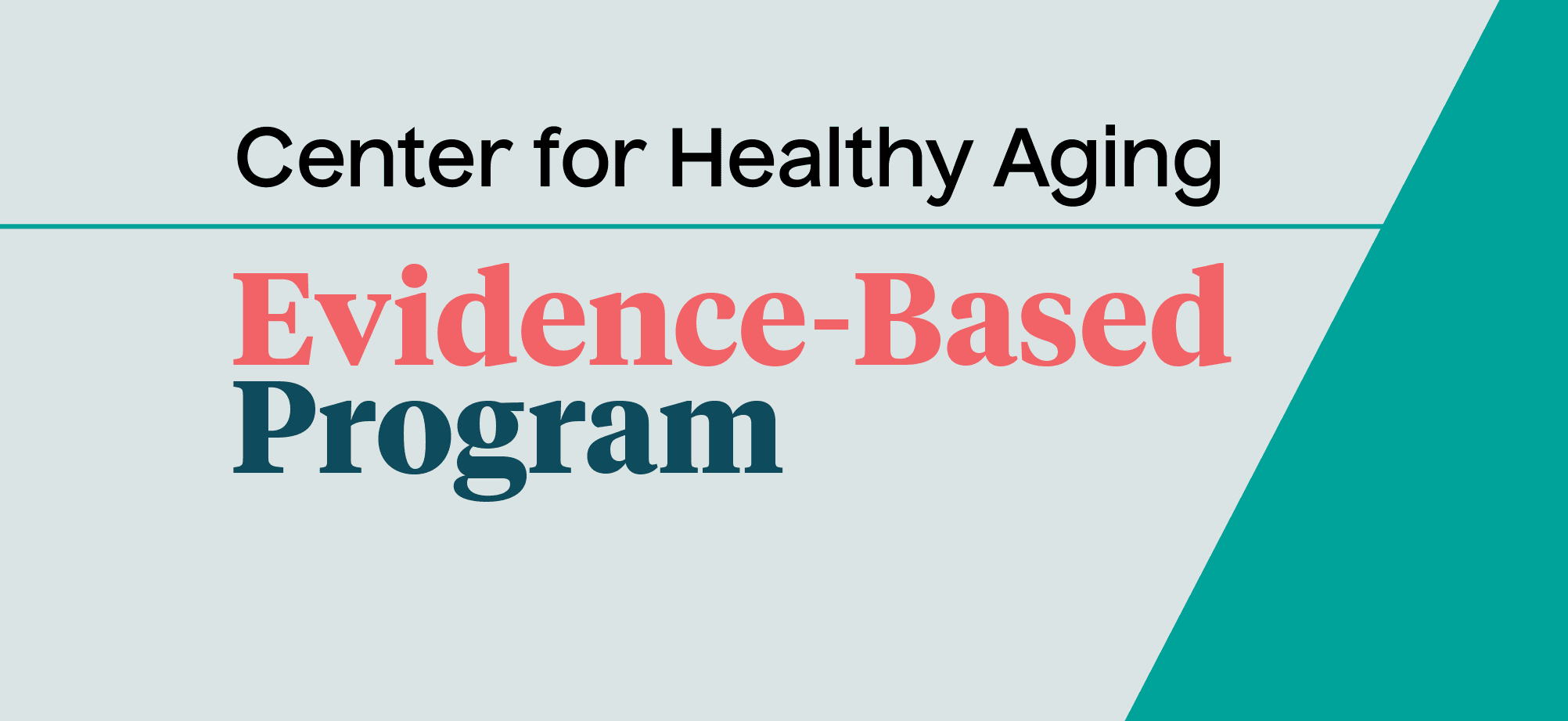The National Reach of Chronic Disease Self-Management Education Programs: Participant Demographics and Program Outcomes
3 min read

The high prevalence of chronic conditions among older adults across the United States demands attention and support outside of the doctor's office. Diabetes, arthritis, hypertension, lung disease, obesity and other chronic diseases can introduce challenges for millions of older adults, often forcing them to give up independence and the activities they enjoy.
With 93% of older adults managing at least one chronic condition, and nearly 80% managing two or more,1 it's critically important to provide access to the skills needed to successfully take control of factors like nutrition, physical activity, and mental health that can impact every day activities.
Addressing chronic diseases requires widespread, adaptable strategies to delay health deterioration, improve function, and address the problems people confront in their day-to-day lives. NCOA believes empowering community members to proactively manage their health should be an integral part of health care, with a variety of health promotion programs available to maximize consumer choice.
State, tribal, and community-based organizations across the United States have led the way in implementing, expanding, and sustaining evidence-based chronic disease self-management education programs for nearly two decades. According to the Healthy Aging Programs Integrated Database (HAPID®), over 480,000 lives have been impacted by CDSME programs held at over 18,000 implementation sites since 2010.
- Download and share our infographic highlighting key statistics on participant demographics and program outcomes from chronic disease self-management education programs across the nation from 2010-2023. Share this infographic with stakeholders to showcase your role in the national effort to support community members in successfully managing their health as they age.
- A customizable version of this infographic is available to display local data on chronic disease self-management education programs. Use data from your Healthy Aging Programs Integrated Database account to display state or regional statistics on participants and programs.
| Resource | Download |
| Infographic: National Reach of Chronic Disease Self-Management Education Programs | Link |
Sources
1. Kathleen B. Watson, et al. Trends in Multiple Chronic Conditions Among US Adults, By Life Stage, Behavioral Risk Factor Surveillance System, 2013-2023. Preventing Chronic Disease. April 17, 2025. Found on the internet at: https://www.cdc.gov/pcd/issues/2025/24_0539.htm
This project was supported, in part by grant number 90CSSG0048 and 90FPSG0051 from the U.S. Administration for Community Living, Department of Health and Human Services, Washington, D.C. 20201. Grantees undertaking projects under government sponsorship are encouraged to express freely their findings and conclusions. Points of view or opinions do not, therefore, necessarily represent official Administration for Community Living policy.



